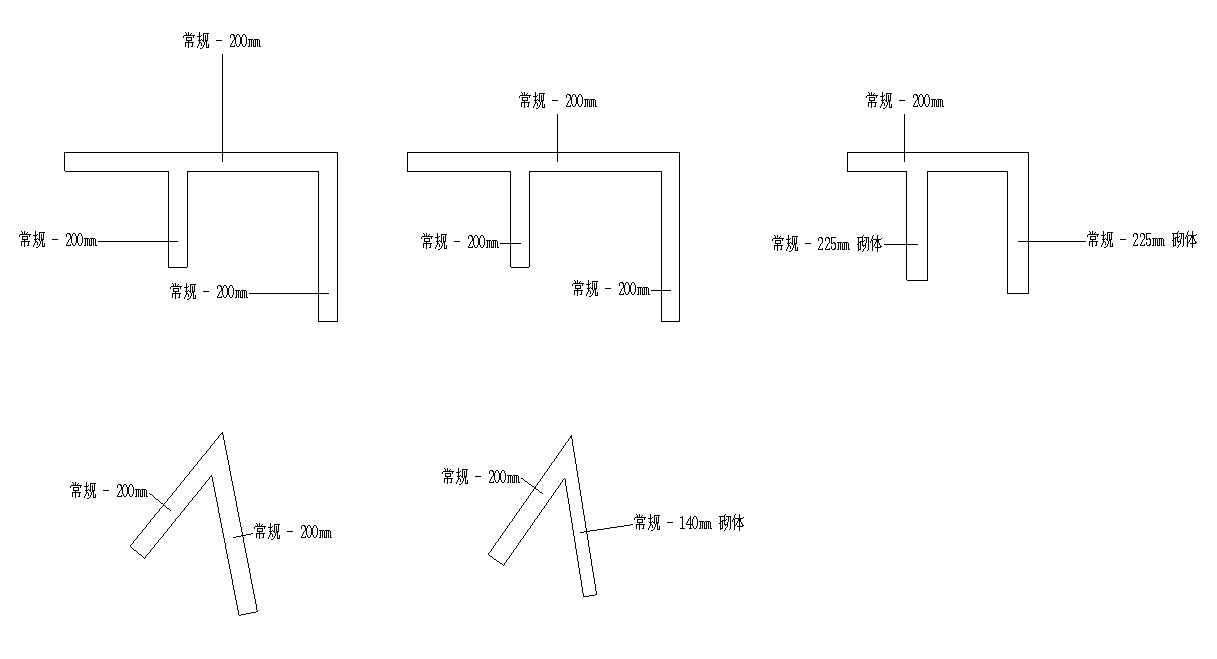
下载app免费领取会员


Revolutionary Reinforcement in Revit: Improving Construction Efficiency
Revit, an advanced Building Information Modeling (BIM) software, continues to revolutionize the way architects and engineers collaborate and design buildings. With its extensive suite of tools and features, Revit empowers professionals to create accurate 3D models, analyze building performance, and generate construction documentation. One particular aspect of Revit that has garnered attention is its reinforcement capabilities.
Reinforcement plays a vital role in structural integrity, ensuring that buildings can withstand various forces and loads. Traditionally, reinforcing bars or rebars were manually placed in concrete elements, a labor-intensive and error-prone process. However, with Revit's revolutionary reinforcement tools, this process has been streamlined and optimized.
Revit's reinforcement capabilities allow users to create and modify reinforcement elements directly within the 3D model. Designers can define reinforcement shapes, sizes, and distribution, and Revit automatically generates accurate reinforcement placement drawings. This automation eliminates the need for manual calculations and reduces the risk of human error, resulting in more efficient and precise construction.
Furthermore, Revit's reinforcement tools enable designers to analyze and optimize reinforcement layouts based on specific design requirements and project constraints. With real-time feedback and visualizations, designers can quickly assess the impact of different reinforcement configurations on structural performance. This level of control and flexibility empowers professionals to create more cost-effective and sustainable designs.
Another significant advantage of Revit's reinforcement capabilities is efficient collaboration among project stakeholders. Architects, structural engineers, and contractors can work on the same platform, sharing and updating reinforcement information seamlessly. This integration ensures that all parties are working with the most up-to-date and coordinated data, reducing conflicts and delays during construction.
Revit's reinforcement tools also facilitate the documentation process. Users can extract reinforcement schedules, bar bending schedules, and material quantities directly from the model, saving time and effort. Additionally, Revit's integration with fabrication software allows for seamless transfer of reinforcement details to fabrication shops, further streamlining the construction process.
In conclusion, Revit's revolutionary reinforcement capabilities have significantly improved construction efficiency. From automating the reinforcement placement process to enabling optimization and collaboration, Revit empowers professionals to create more accurate, cost-effective, and sustainable designs. As BIM continues to shape the future of the construction industry, Revit remains at the forefront, revolutionizing the way we reinforce and build structures.
.jpg)
本文版权归腿腿教学网及原创作者所有,未经授权,谢绝转载。

推荐专题
- 趾板设计新方法:利用Civil3D和Revit玩转趾板参数化
- Revit教程 | Revit在平面视图如何范围显示的图文教程(文/柏慕哲)
- Revit教程 | Revit预算版之基本设置(稿/羊兆亮)
- 酒店项目BIM深化:空调机房(5.关于组合式空调箱设备的说明及精细度表达)
- 酒店项目BIM深化:空调机房(4.新建空调机房工程项目)
- 酒店项目BIM深化:空调机房(设备层空调机房系统图纸分析)
- 酒店项目BIM深化:空调机房(课程说明)
- 允匠装配式支架设计软件(Revit插件)——广大机电BIMer福利!
- 酒店项目BIM建模:暖通专业模型(模型后期处理)
- 酒店项目BIM建模:暖通专业模型(暖通水系统模型-下篇)
























































